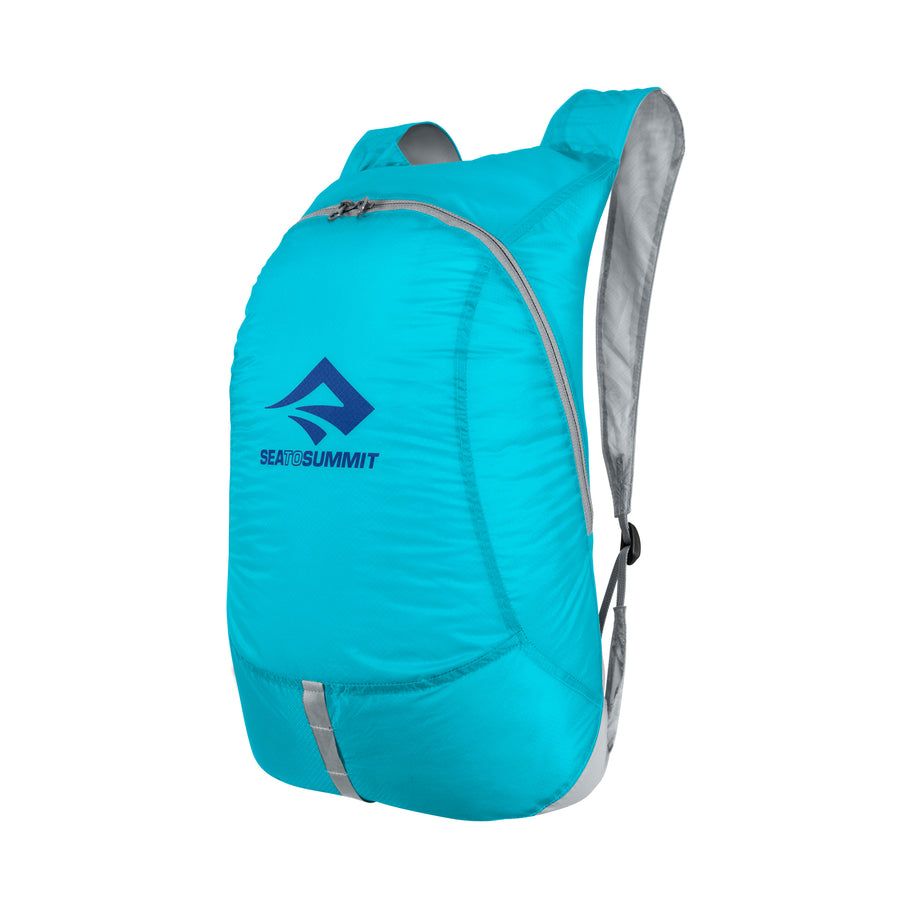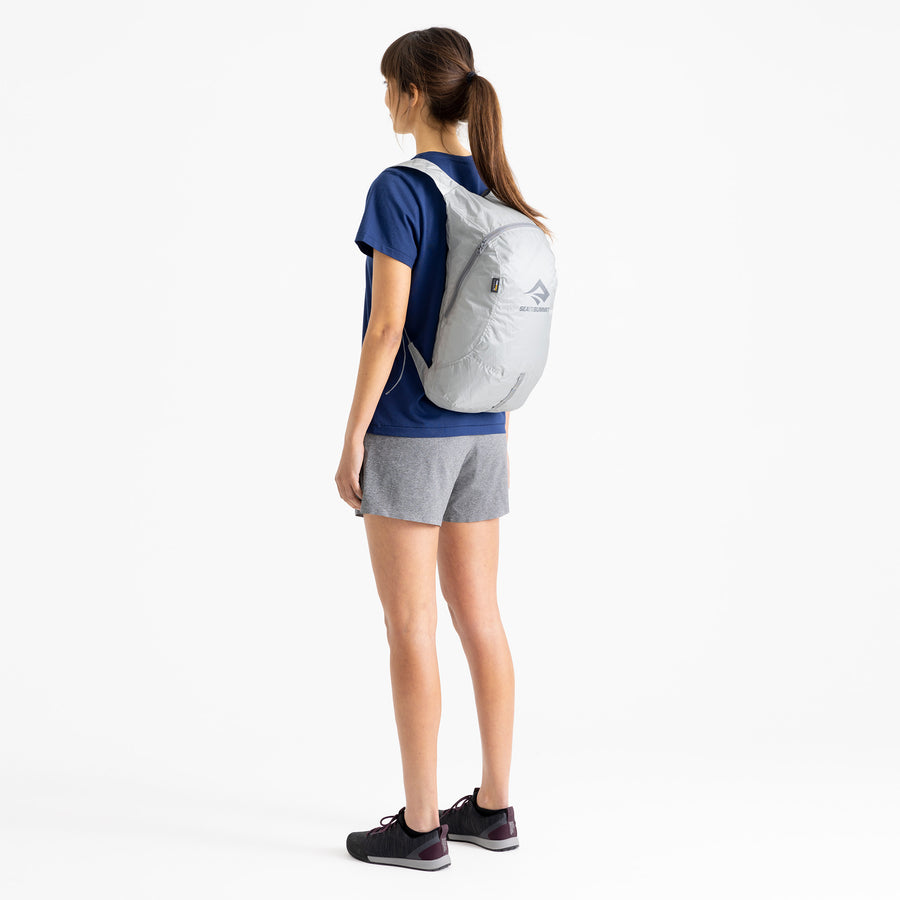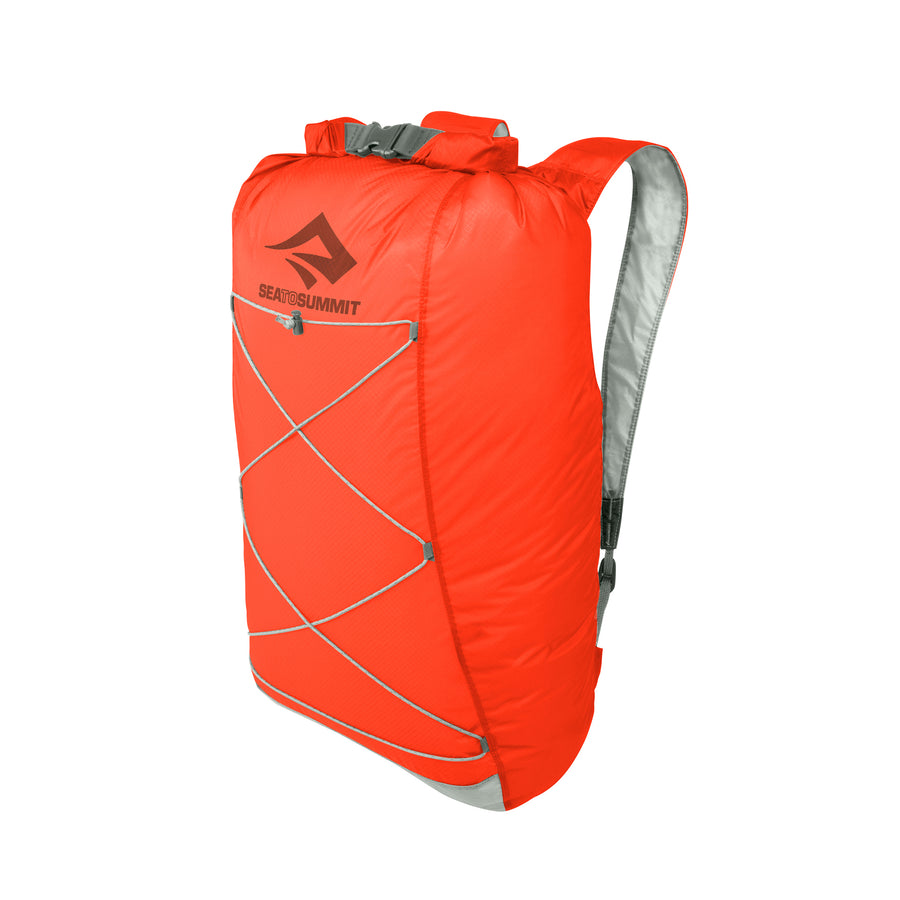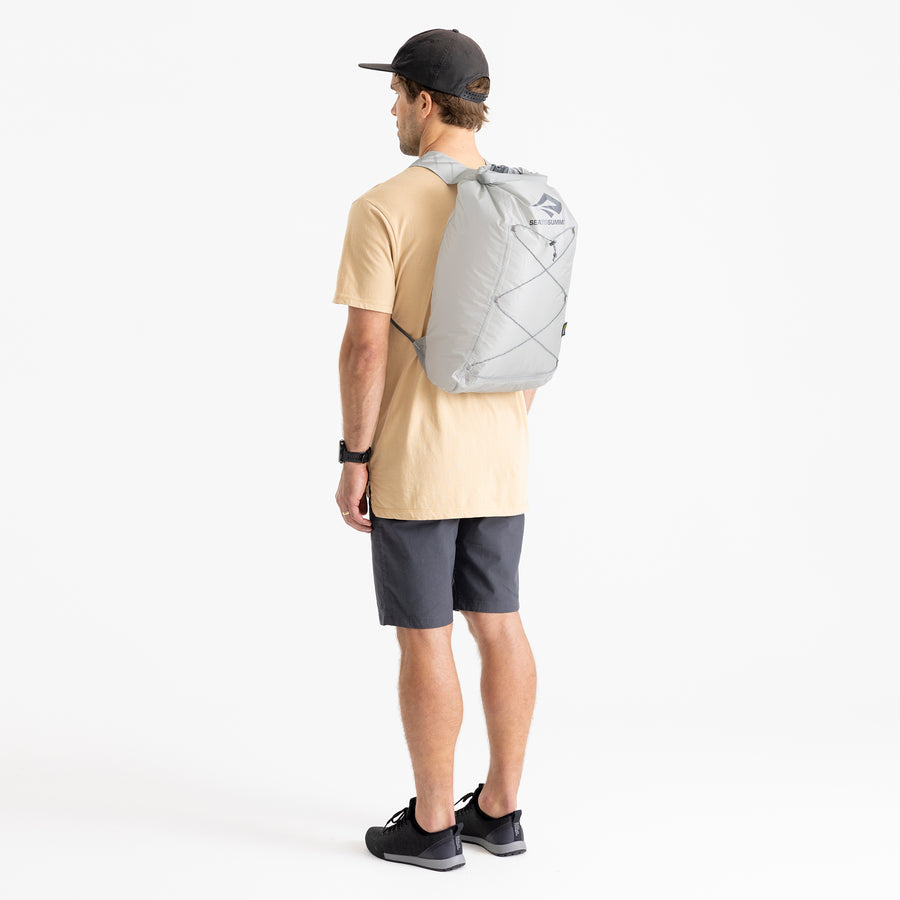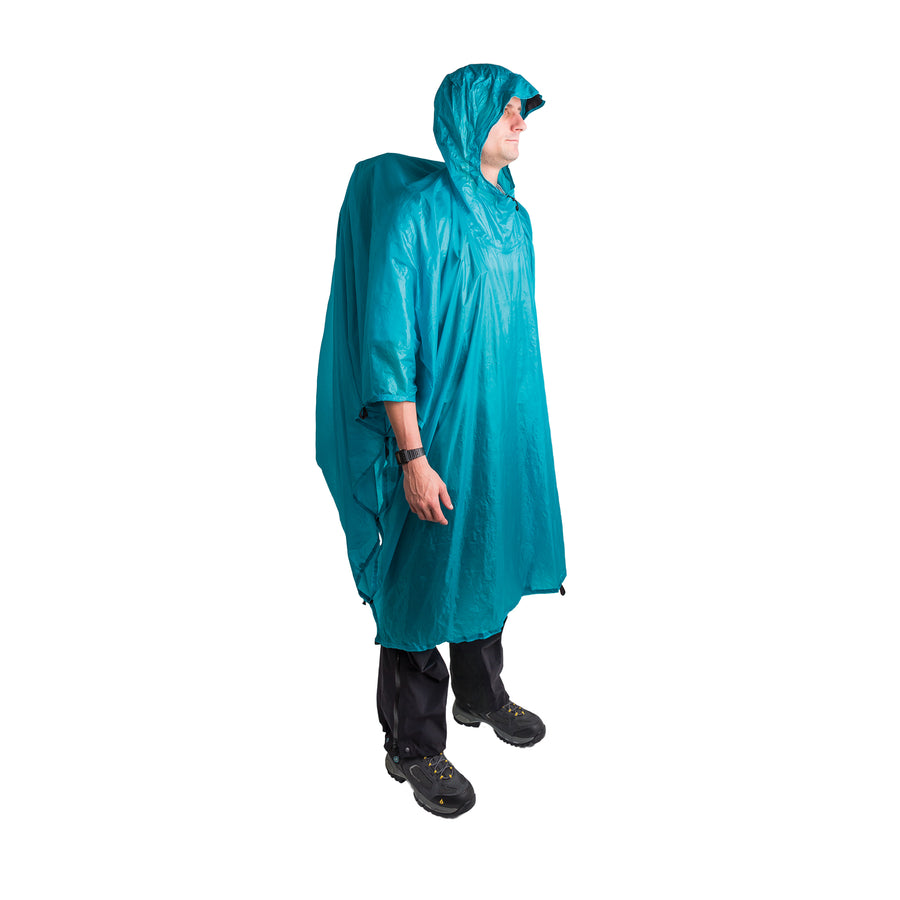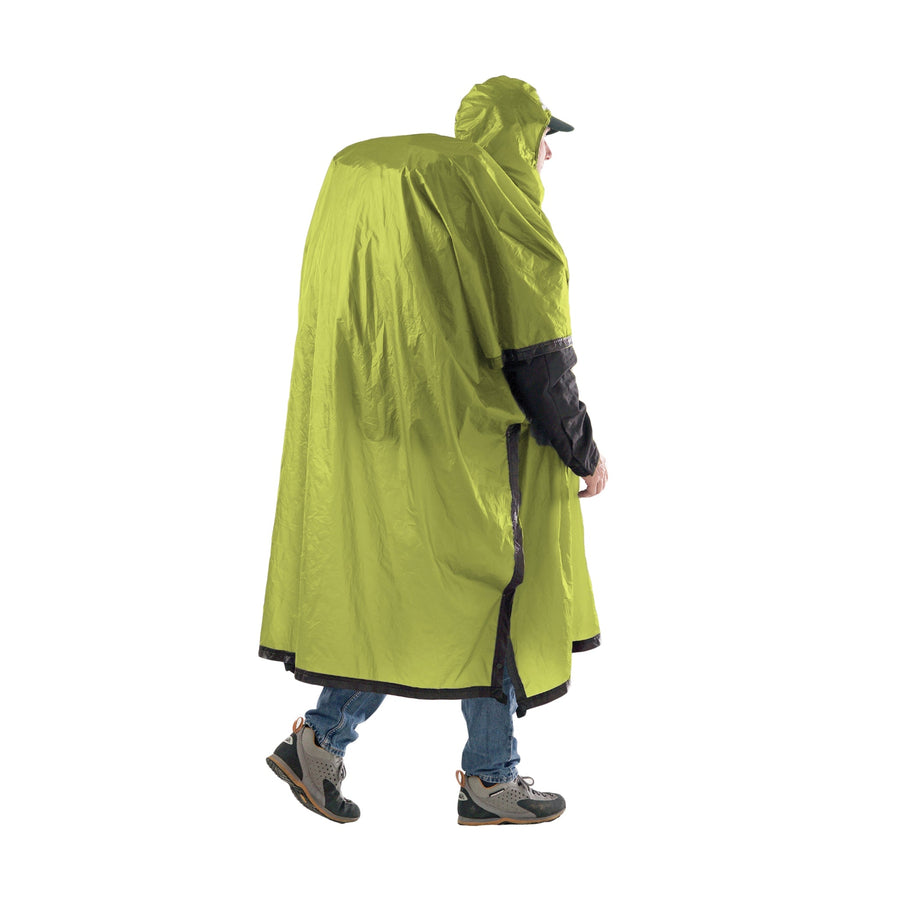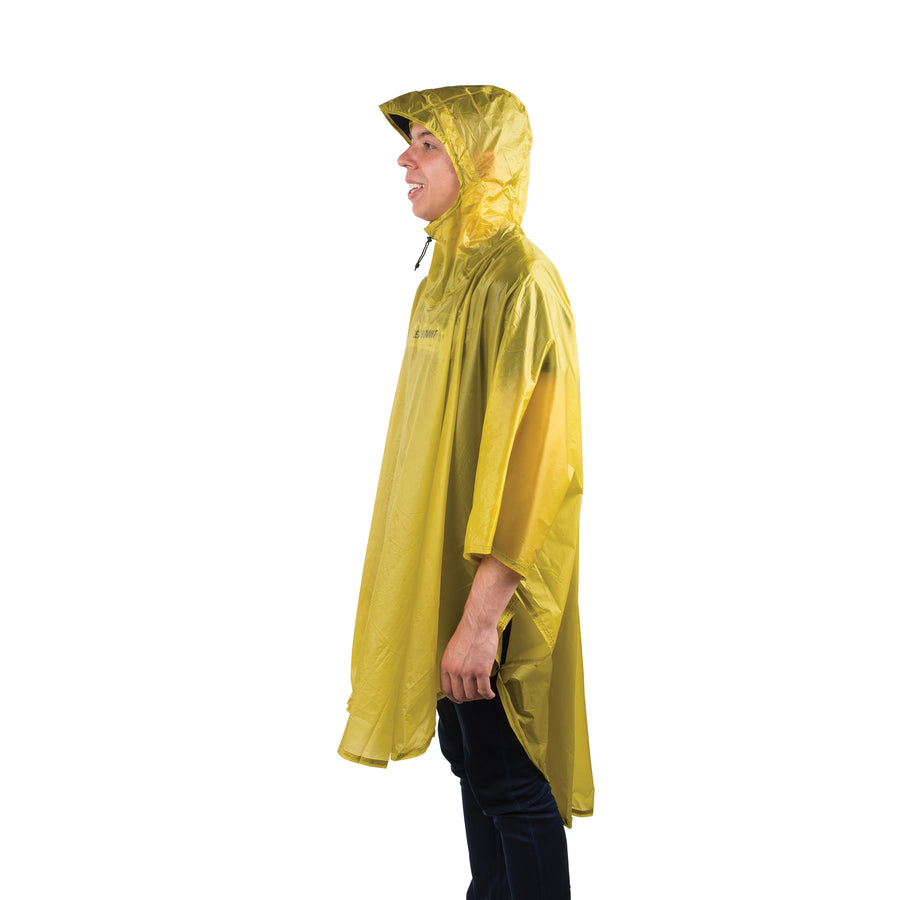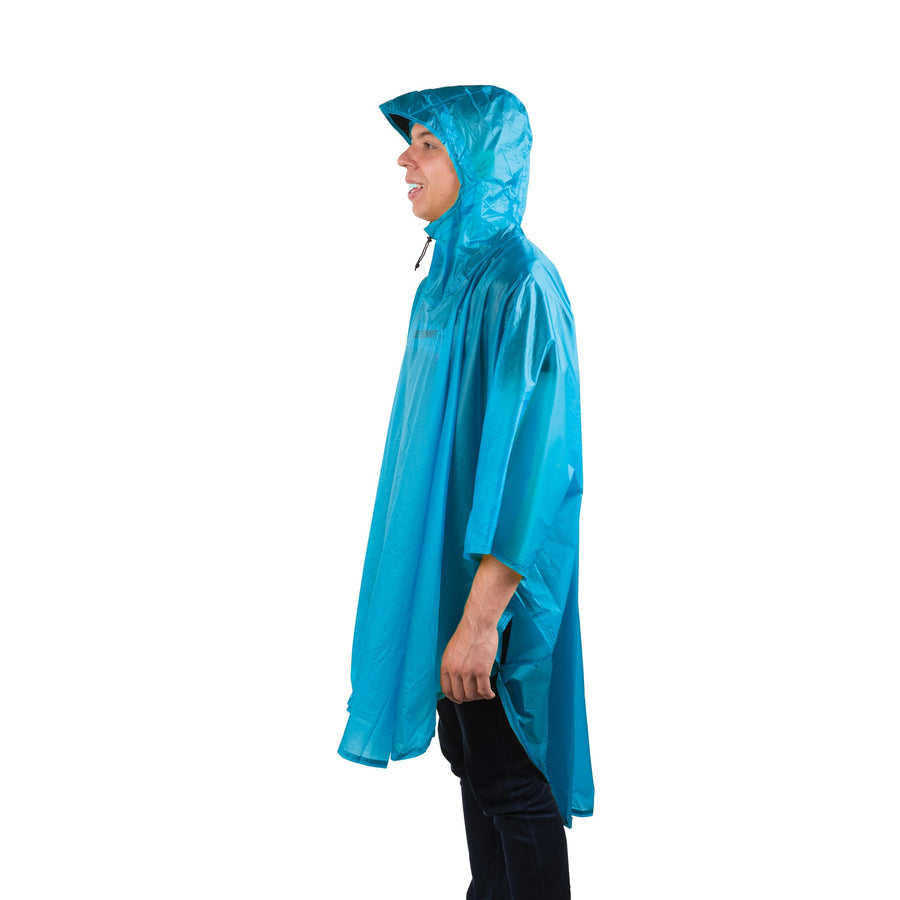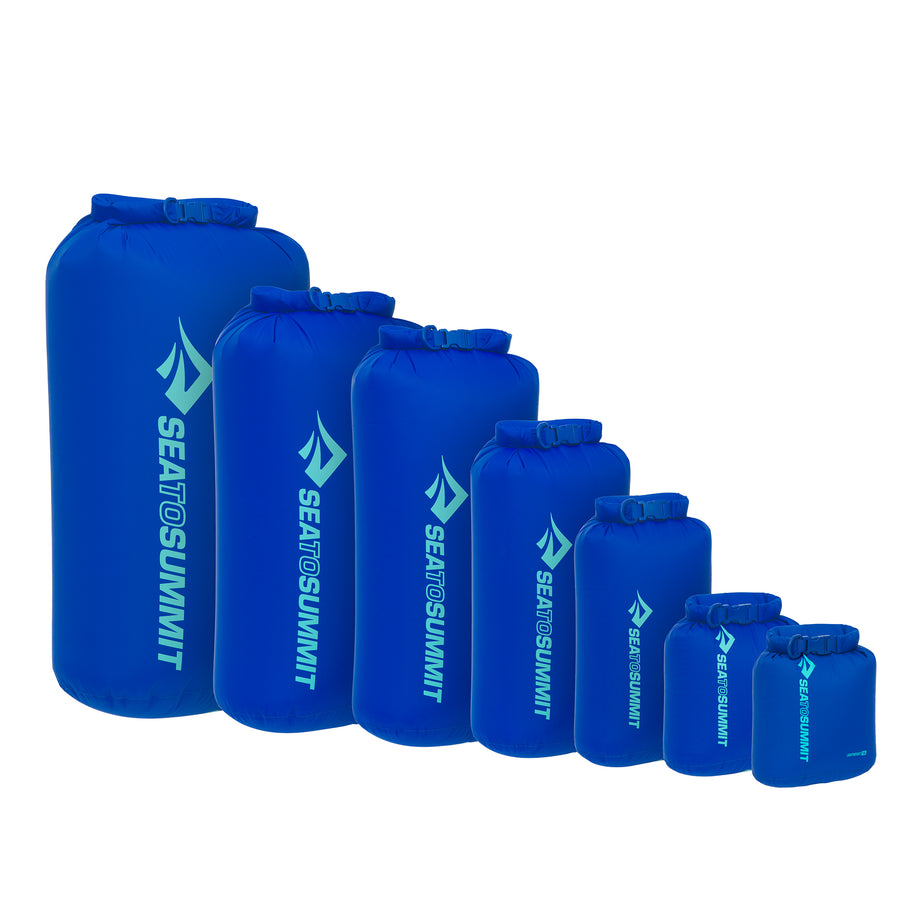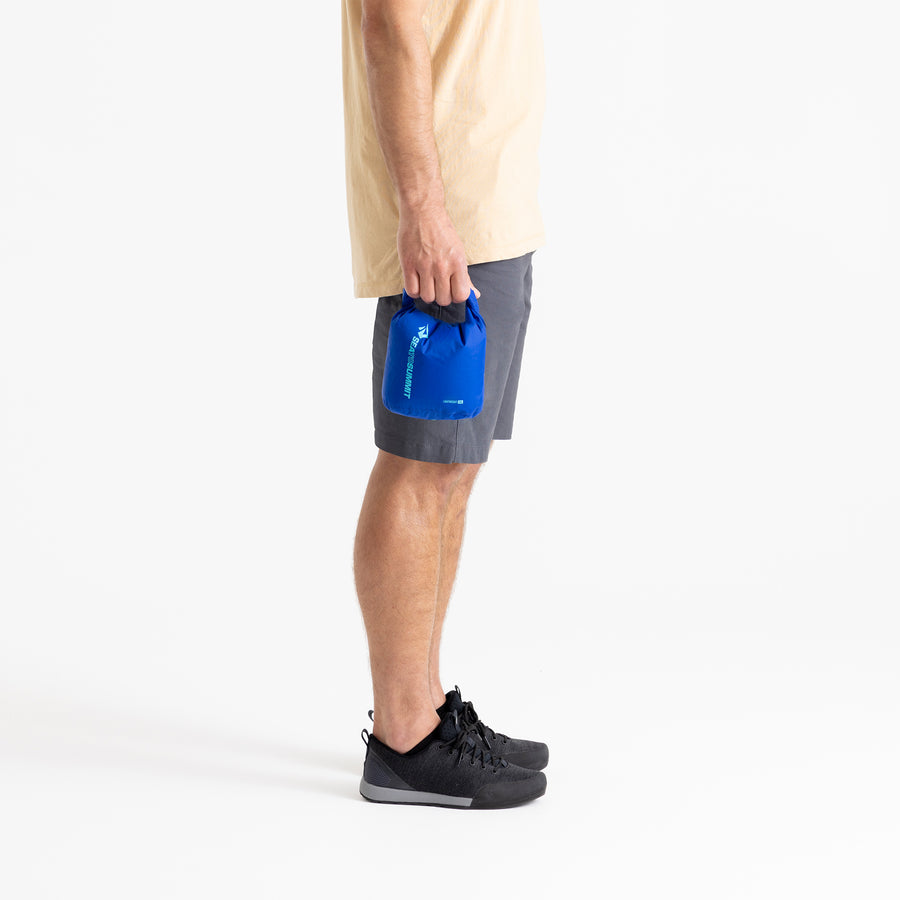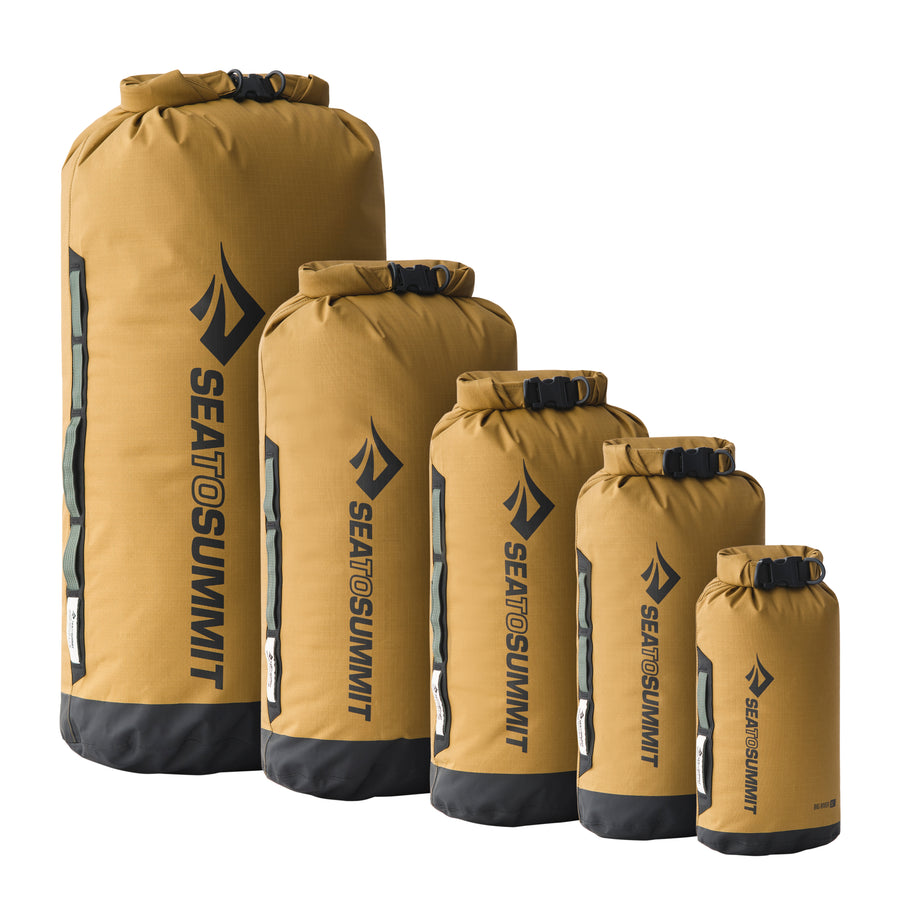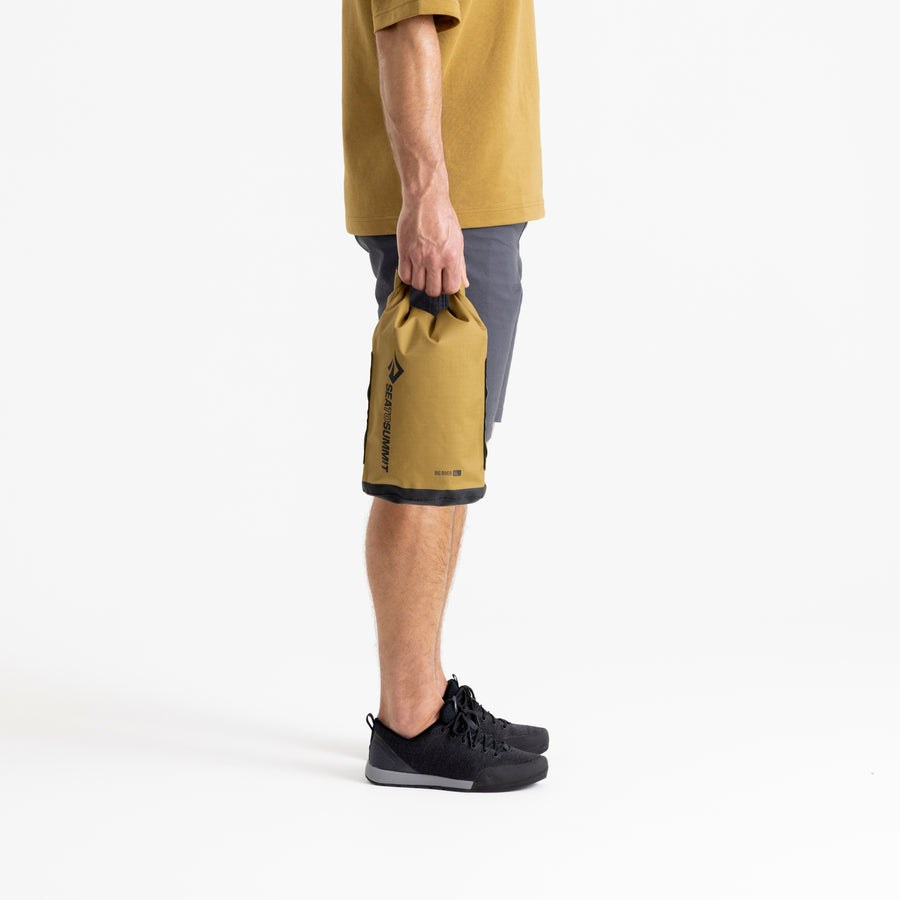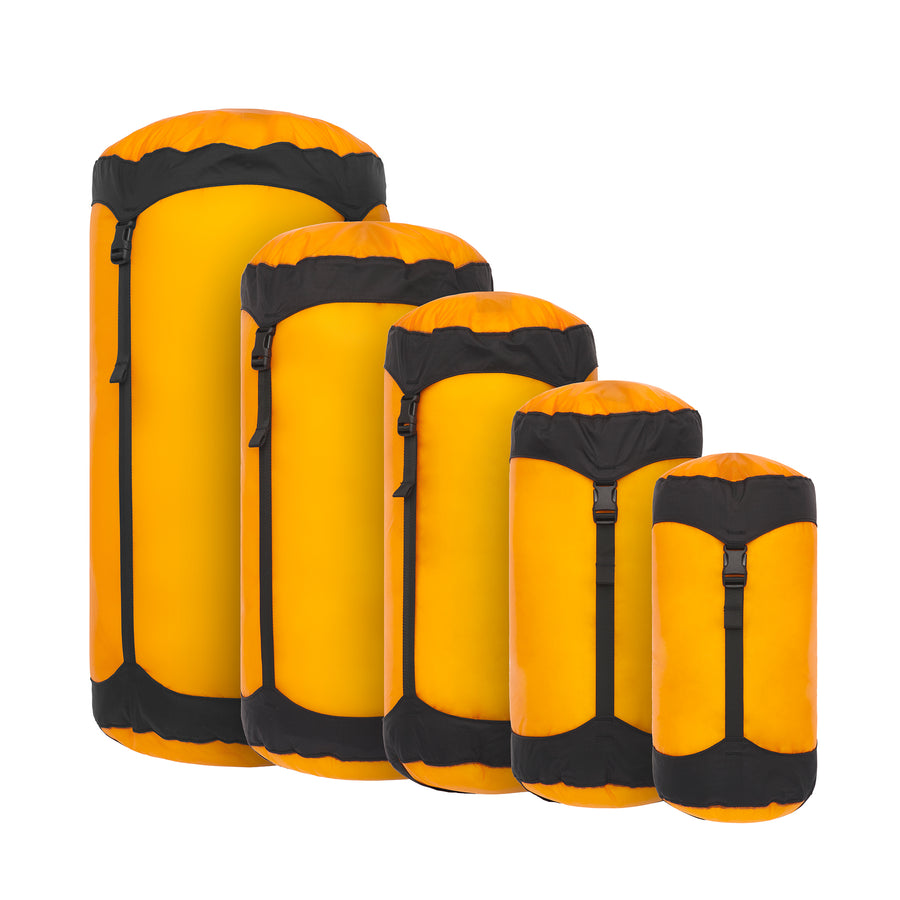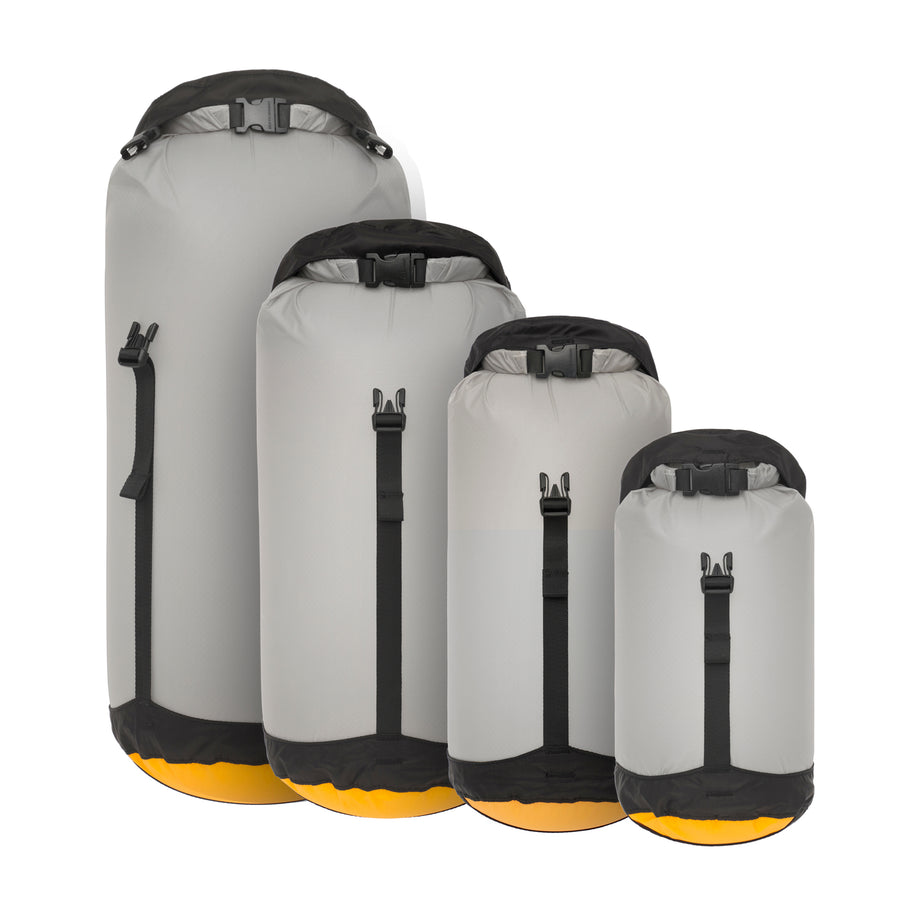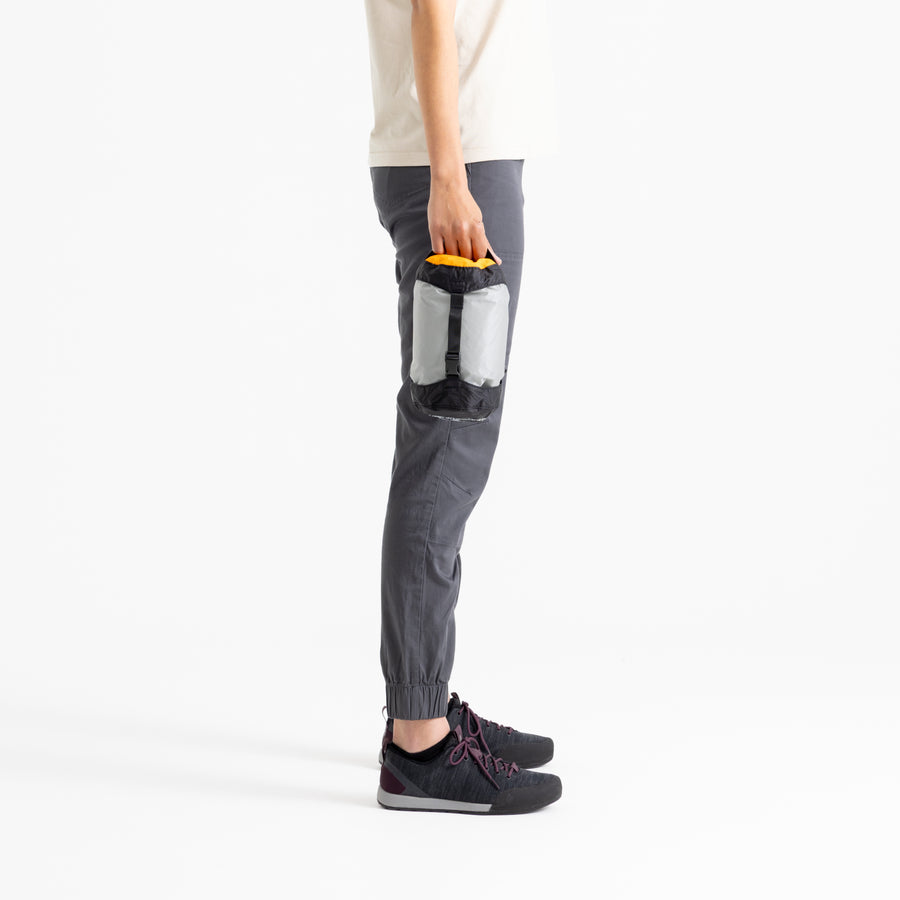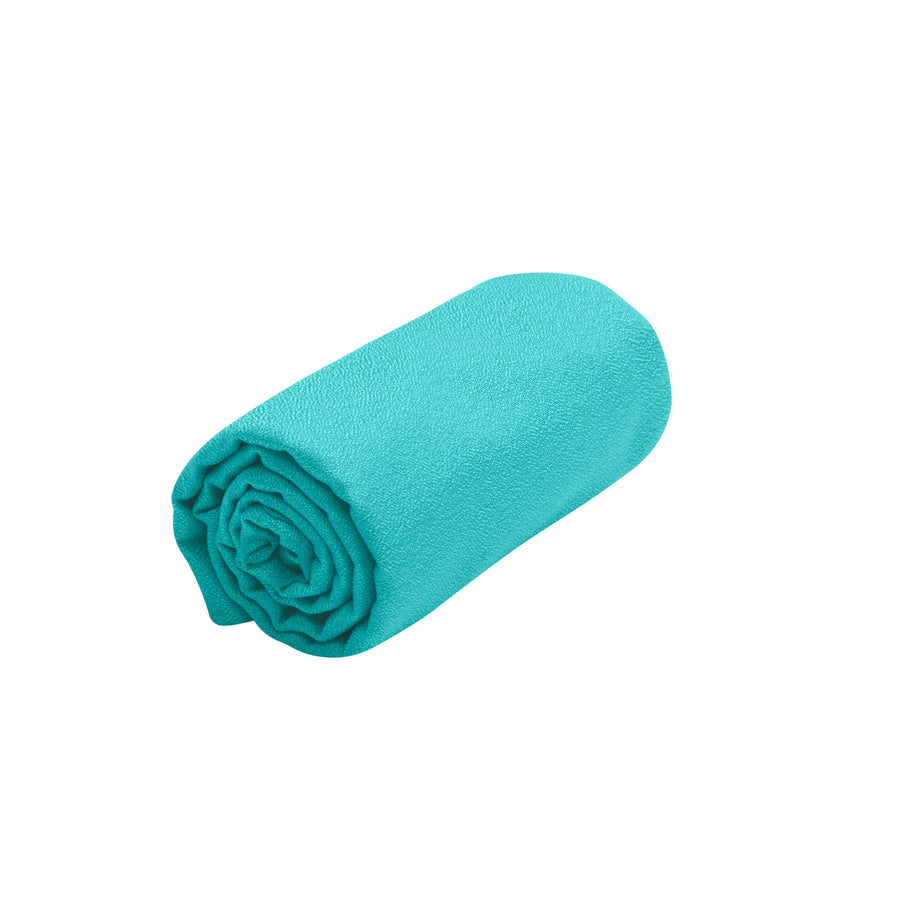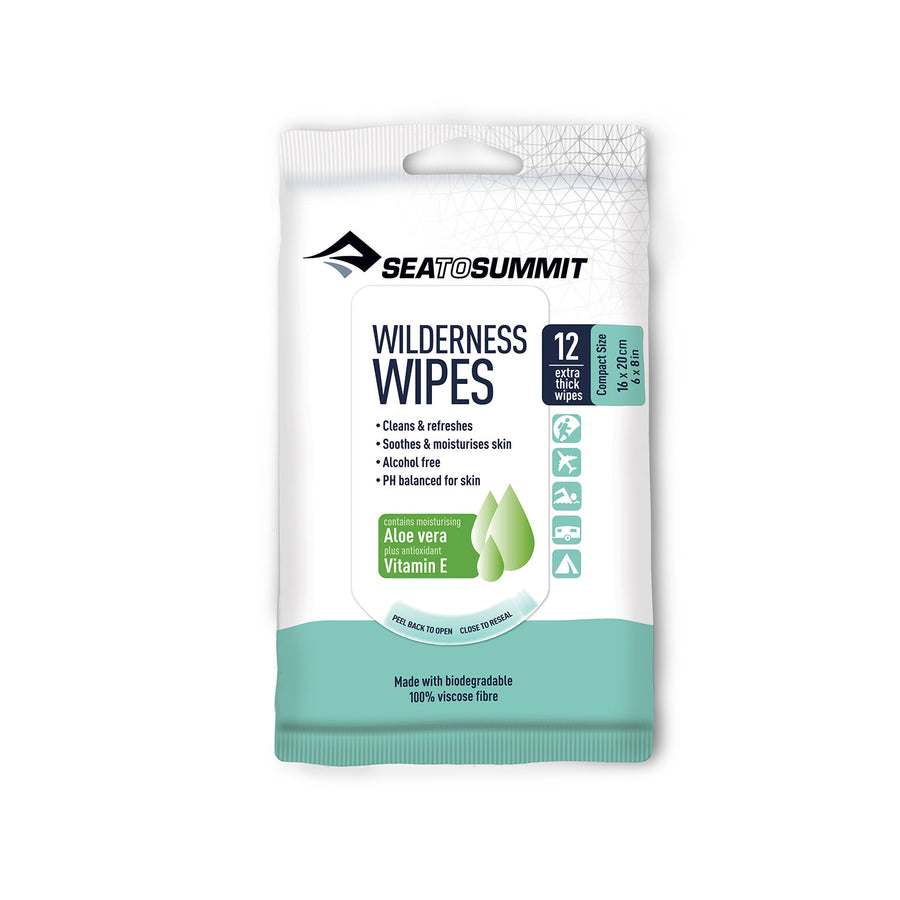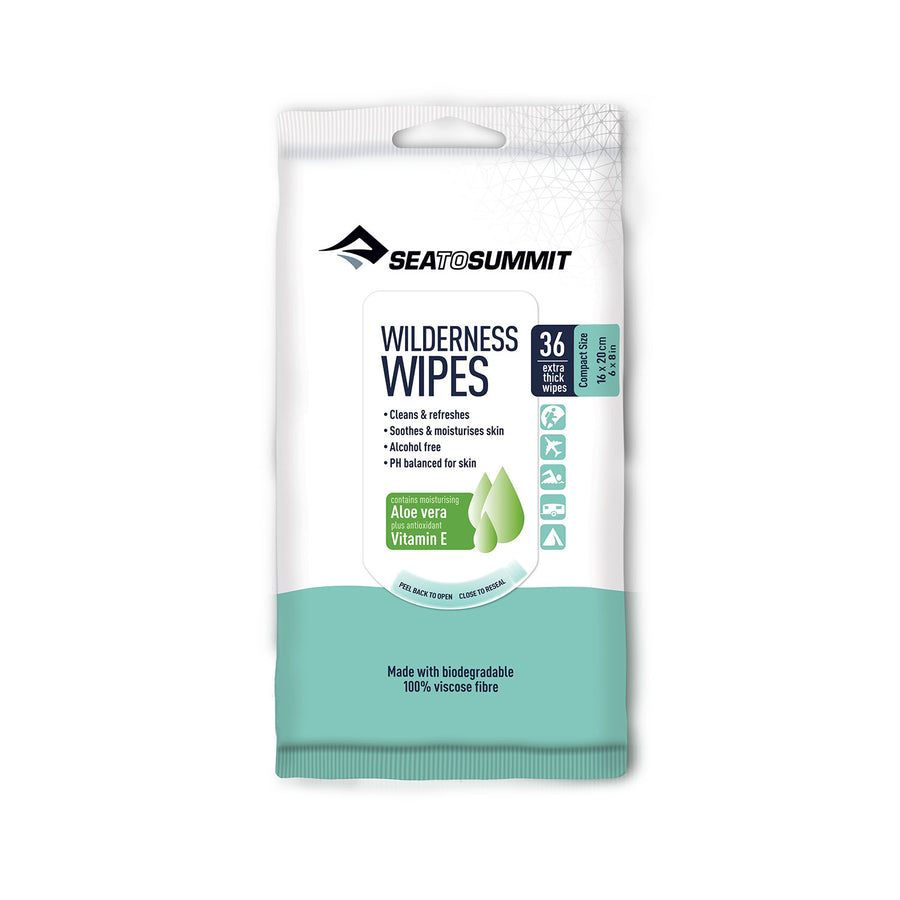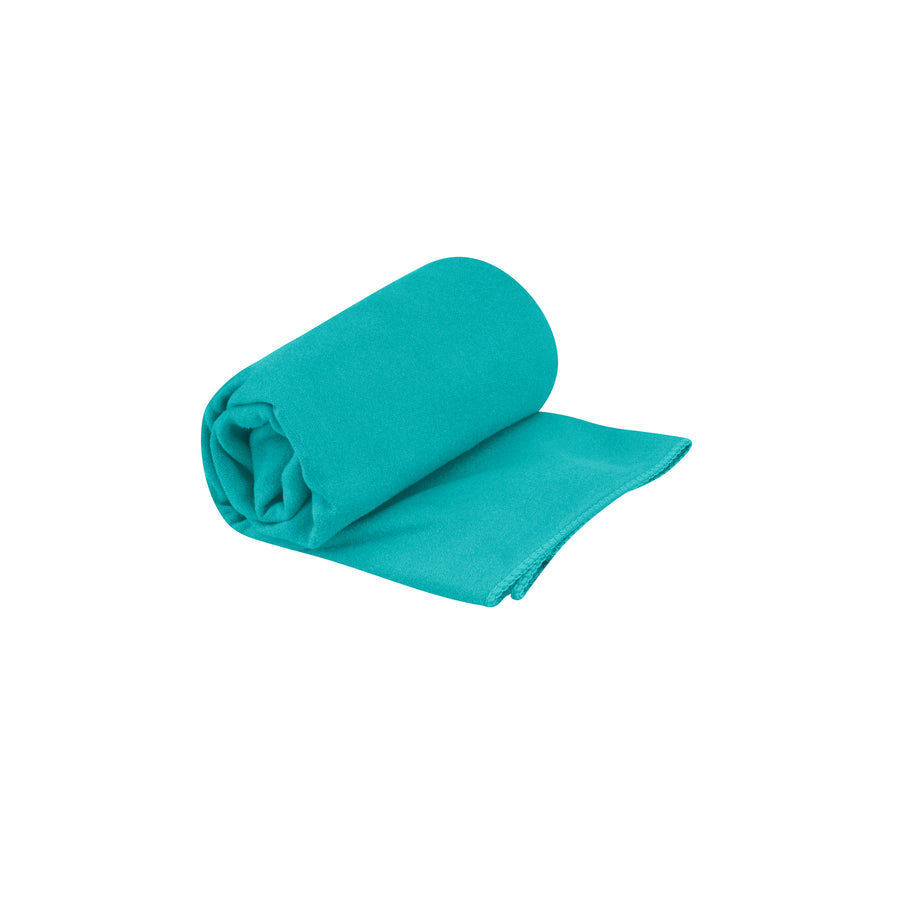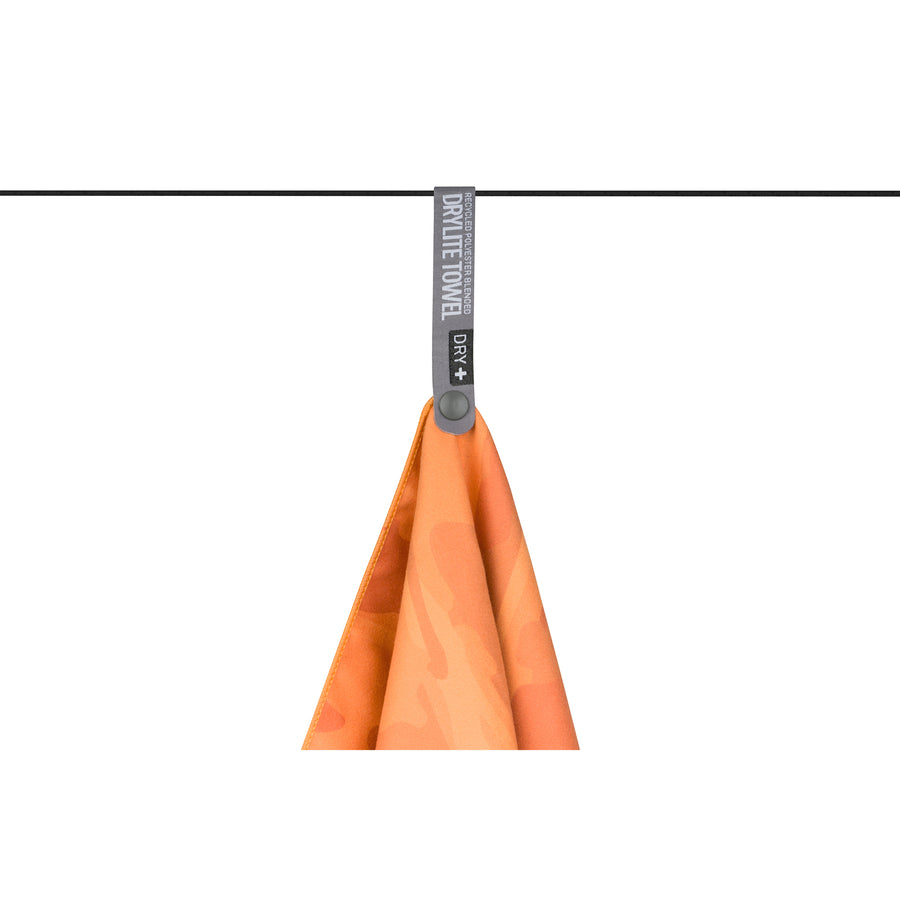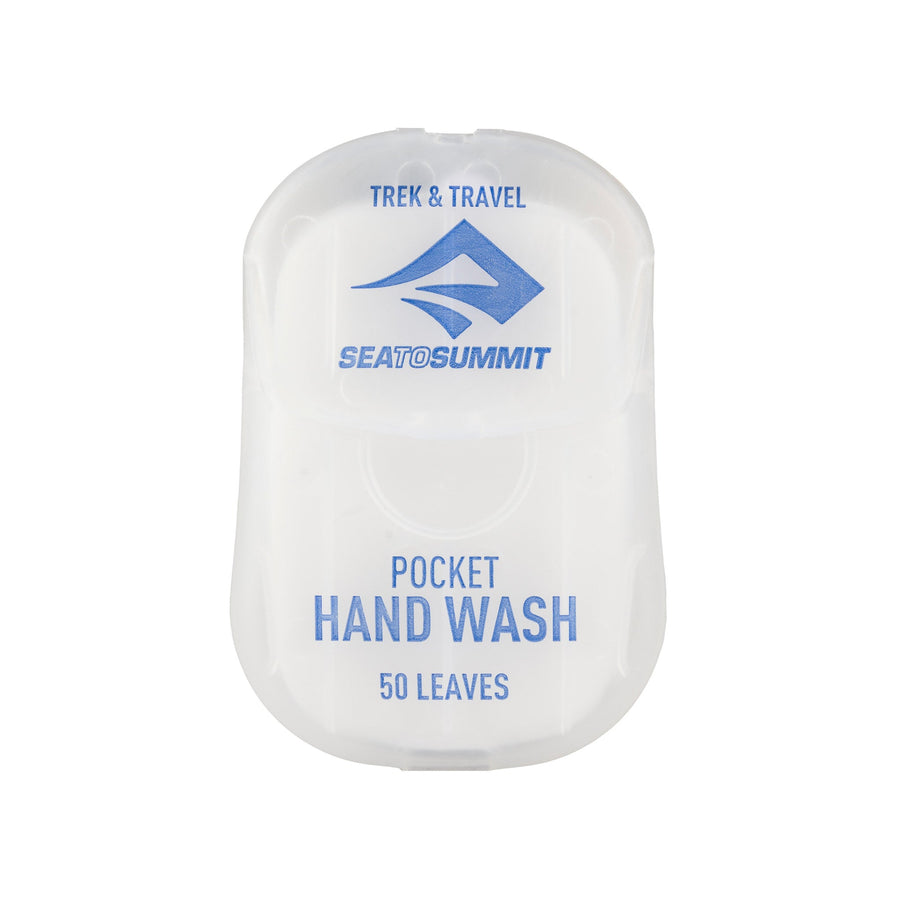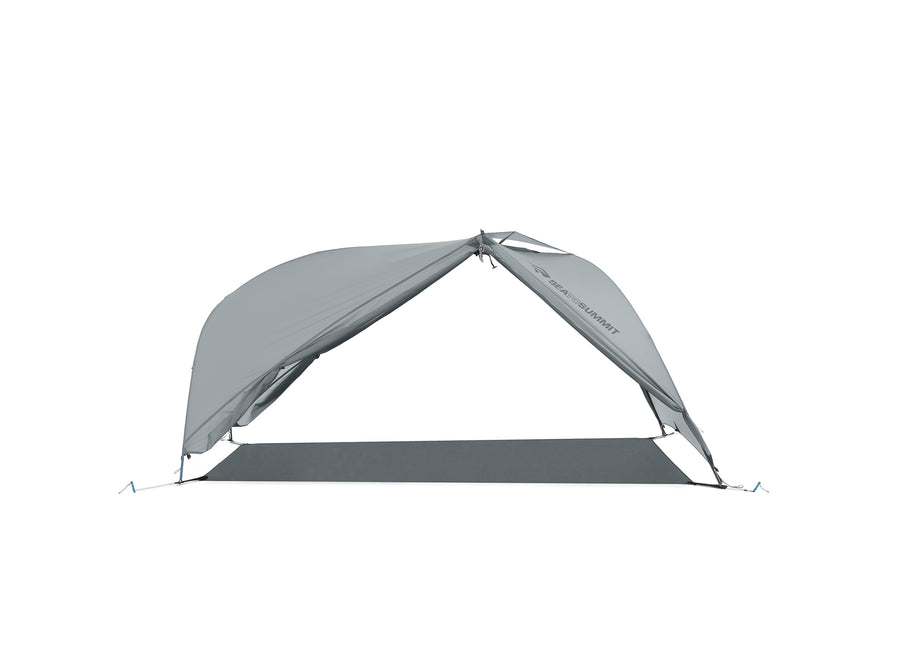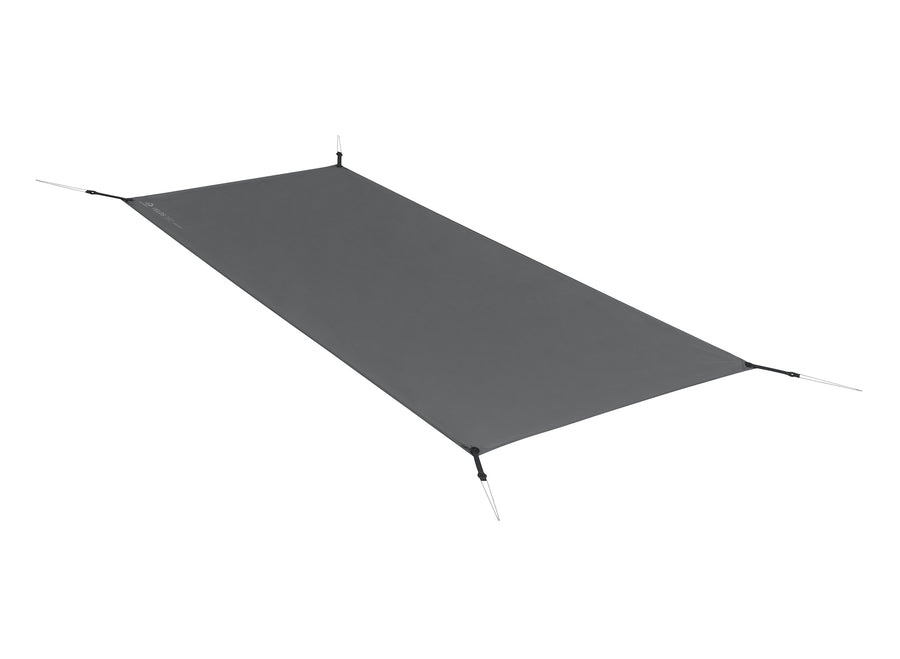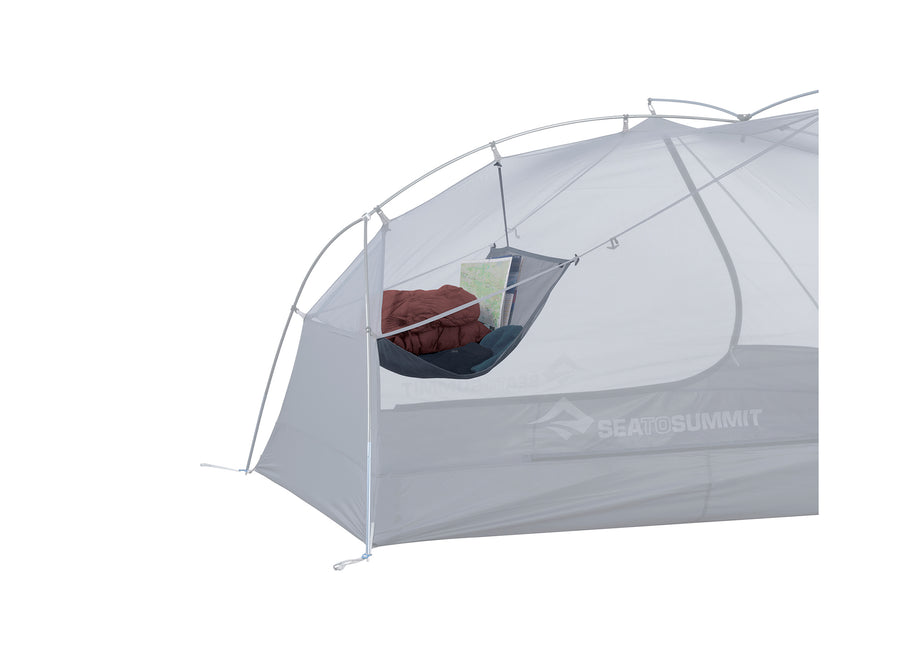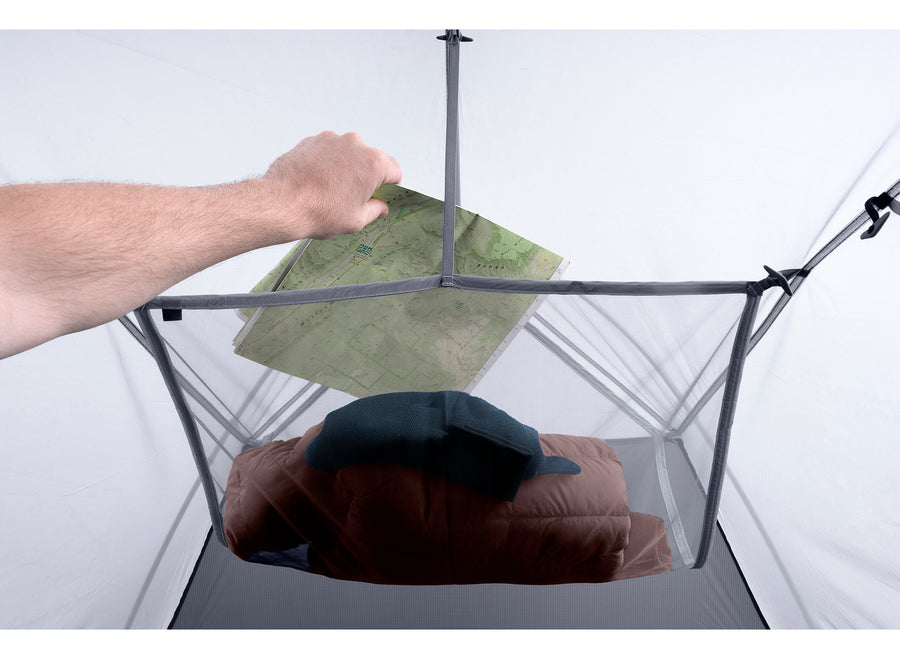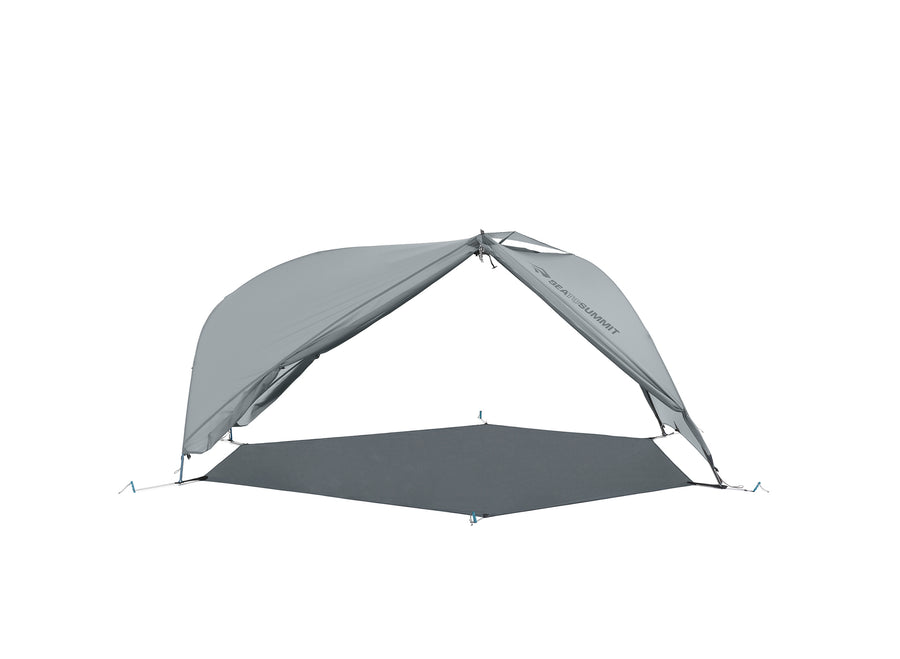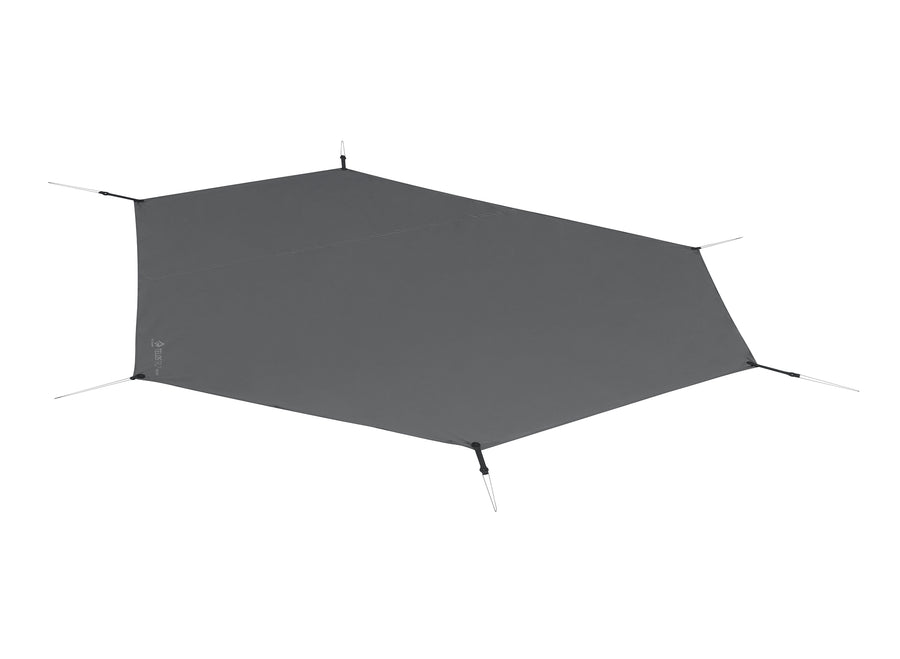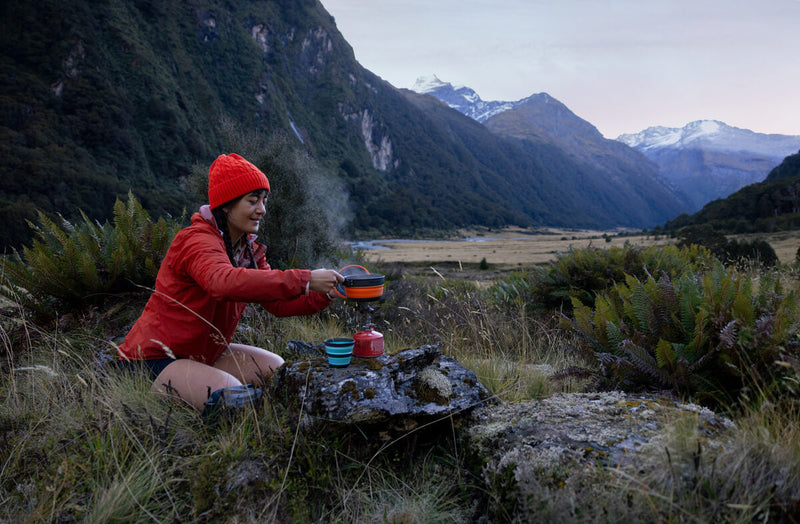Choosing and Caring For Liners
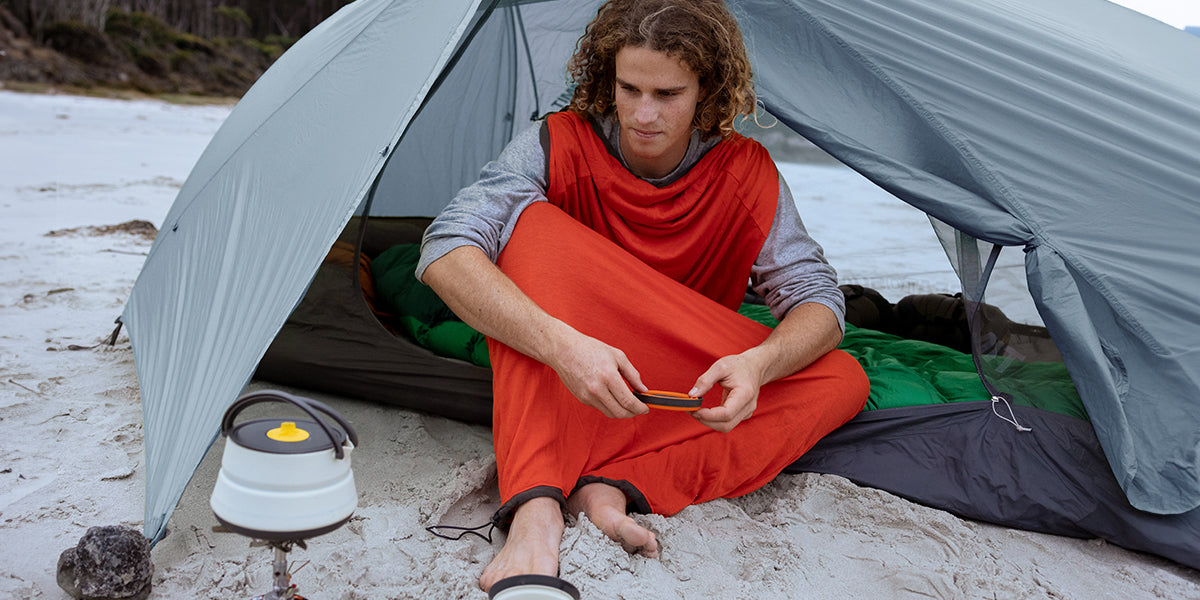
Here’s a summary of some of the questions we most frequently field around the topic of choosing the right sleeping bag liner and taking care of it.
Do you make a liner with a side zipper? How do you get into a liner? What shape do I need to fit my sleeping bag? Are the liners constrictive?
- Our liners have been so successful because of their light weight and small packed volume. A zipper would add quite a lot of weight and bulk to a liner, so we don’t offer a model with a zipper.
- You simply slide into our liners from the top end. The performance mummy liners (the Reactor and Breeze series) have openings at the shoulders which can give you a little more room to slip into the liner.
- All of our liners (with the exception of the Silk Blend liner) are made of stretch-knit materials. Once inside the liner, you won’t notice its external dimensions – the liner will stretch and move with you. The Silk Blend liners have Comfort Stretch panels along the main seams to give you more room to turn over in your sleep.
- Our Compact mummy liners are suitable for sleepers up to about 5’10” / 178cm – taller or heavier end users should pick the standard Mummy size.
- Because the liners are so stretchy, you don’t need a specific shape of liner to match a shaped sleeping bag. A mummy-shaped Breeze will work perfectly with a Tapered Rectangular bag like the Trek, for instance (although there are Rectangular liners such as the Comfort Blend for those who would prefer this shape)
- Breeze and Reactor mummy liners have drawcord openings in the footbox. This footbox opening matches the FreeFlow zipper system of our Ascent and Trek sleeping bags and provides significant ventilation potential.
The drawcord footbox also allows you to hitch the liner up and walk around camp, so you don't have to get out of your liner if you need to get up in the night.
How do I care for my Sea to Summit Reactor, Breeze, Comfort Blend, or Silk Blend liner?
Washing
- Liners can be washed in a home washing machine using normal detergent (laundry 'soap'). Please note if using a top-loader washing machine, it’s a good idea to put the liner inside a pillowcase to prevent the impeller (the spiral plastic rotating column in the drum of the machine) possibly snagging the drawcord.
- Wash on the delicates or gentle cycle.
- Do not use fabric softener. It will decrease the wicking performance of the fabric.
- Air dry the liner. Drying a Silk Blend liner in a dryer will expose it to excessive heat that can damage the fabric.
Treatments
- You can treat a liner with permethrin without harming its (polyester) fabric.
- Sea to Summit liners are not treated with any flame-retardant chemicals or PFAS compounds.
Storage
- You can store a Reactor/Reactor Extreme/ Reactor Fleece Liner in its stuff sack without harming its insulating properties.
- Make sure the liner is dry and well-aired before putting it away for longer-term storage.
Can I use the Reactor/Reactor Extreme/Reactor Fleece Liner as a stand-alone sleeping bag?
If you are using the Reactor/Reactor Extreme Liner/Reactor Fleece Liner as a stand-alone bag outdoors (rather than, for instance, in a hostel), the principal factor to be aware of is moving air. The knit fabric of the Reactors allows air to pass through quite easily, which in their normal use - inside a sleeping bag - helps ensure a comfortable sleeping environment. However, when used as a stand-alone bag, cooler air passing through from the outside will rob you of the warm layer of air you have generated inside the bag.
If you are inside a tent, this is less of a factor; if not, you may need something to cover the bag (perhaps a poncho, or a lightweight bag cover). As far as temperature is concerned, a rough 'rule of thumb' would put the minimum air temperature at which you would remain comfortable at around 60F / 15C. If you use a lightweight bag cover over the liner (which prevents heat loss due to moving air) a reasonably comfortable temperature rating would be 50F / 10C. The Reactor Extreme would probably be your best bet for this kind of use.
How much additional temperature performance will a thermal liner add to a sleeping bag?
There is an extensive blog post which deals with the add-on thermal performance you can expect from a liner.
It helps to explain the factors involved in heat loss through different sleeping bag designs and through different sleeping pads - and it encourages you to think of a liner, a sleeping bag and a sleeping pad as a layered system. By doing so, you will have much greater chance of creating the right system for your use - and therefore getting a good night's sleep.
